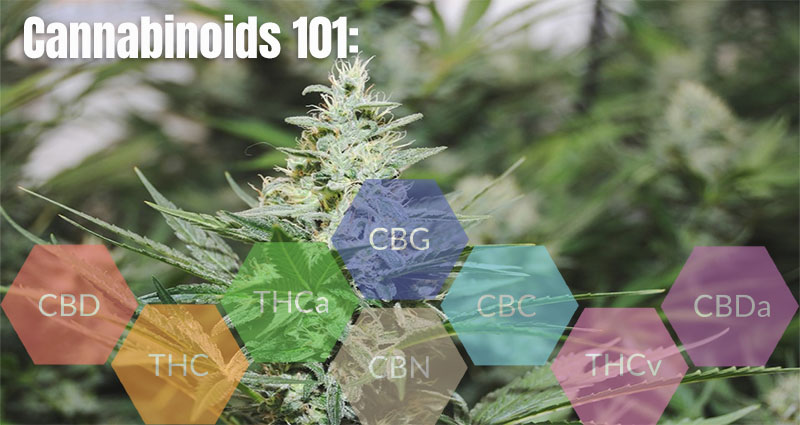Browsing through CBD products can feel like alphabet soup. But these labels aren’t misprints. In recent years, the popularity of cannabinoids has led to several new varieties being introduced to the market. And each offers specific health benefits. As the FDA continues to conduct its own research, there are numerous anecdotal studies and independent research that support these claims.
Knowing what product is best for you is a matter of preference and need. Three of the industry-leading products are explained below.
CBD
CBD has grown into big business. By 2022, cannabidiol sales are expected to reach approximately $1.8 billion in the U.S. alone. And there are no signs of slowing down. Since CBD is found in both marijuana and hemp, it is easily cultivated and readily available. Sold in edibles, oils, tinctures, and ointments, CBD is cost-effective and widely considered as the best for beginners.
CBG
Cannbigerol is the parent molecule of all synthesized products. Since THC, CBD, and CBN are all derived from this, it’s often referred to as the “mother” of all cannabinoids. CBG is much more difficult to extract. However, many companies are starting to produce more. In fact, many experts predict that CBG will lead the next wave of cannabinoid supplements. It is predicted to be more powerful and have greater comprehensive benefits. It’s mostly used right now in conjunction with other cannabinoids to enhance the individual properties of each.
CBN
Known as cannabinol, CBN is unique. Unlike the others on this list, CBN is derived from a chemical reaction. Despite being one of the first cannabinoids investigated in the 1940s, interest in CBN waned until recently. CBN softgels and other edibles have already displayed anti-inflammatory and pain relief benefits. While it mostly acts as a sedative, topical applications may assist in skin relief too.












